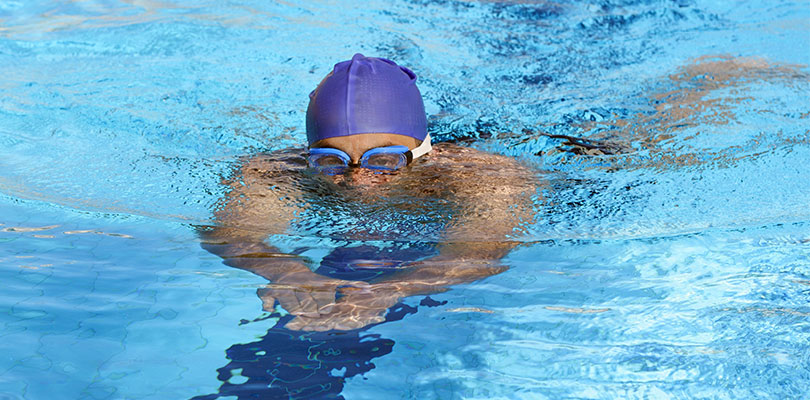
Photo Credit: gradts / istockphoto.com
3. Incorporate Aerobic Activity Into Your Routine
20 minutes a day, three times a week. Examples include swimming, walking, cycling or water aerobics.
It can be difficult to find the motivation to exercise when you are sore and tired. However, studies show that exercise benefits people with fibromyalgia. Overall, it leads to improved energy levels, better sleep, reduced fatigue and greater fitness.
Exercise is good for your overall health and lowers your risk of heart disease, stroke and diabetes. On the other hand, those who don’t exercise end up in a viscous cycle — inactivity leads to reduced fitness and poor sleep, which makes it harder to remain active.
To make exercise achievable, start gently and slowly. The 20 minutes doesn’t need to be done in one block. Learn your limits. Don’t push yourself too hard on good days because that can make your pain and fatigue worse the next.
Choose an exercise that is low impact, one you enjoy, and one you will feel motivated to continue. If you overdo it, have a rest day and try again the next.
Fibromyalgia and headaches are known to be connected. Here are some tips to help treat the pain and to help prevent the pain from worsening.







